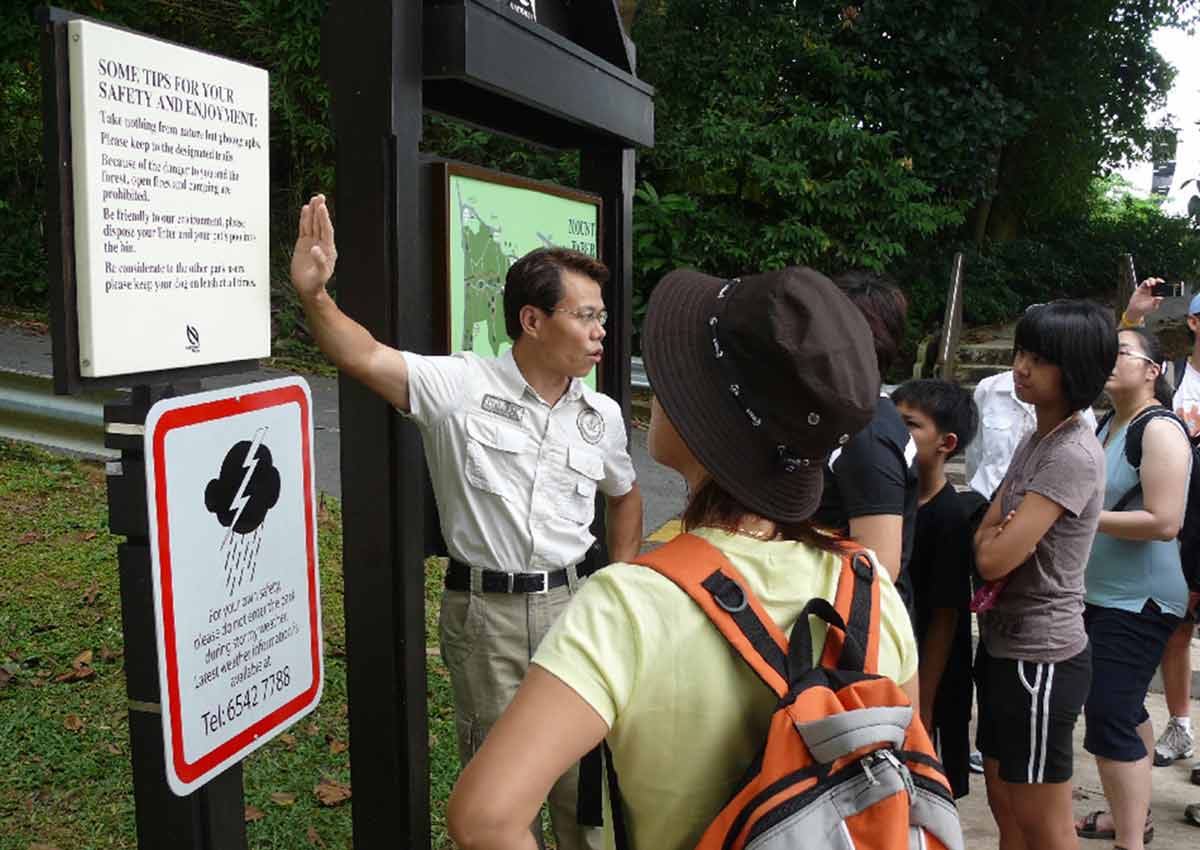The group approached the reservoir with fanfare, carrying drums and pails of fish.
They were performing a tradition called fang sheng (releasing life), a gesture of compassion and repentance for sin during Vesak Day – but the practice is illegal.
Mr Ben Lee, 52, founder of outdoor exploration group Nature Trekker, recounts the incident two years ago at Lower Peirce Reservoir.
Mr Lee tells The New Paper: “I was alone and there were about 20 of them in the group. They wouldn’t listen to my requests to stop.
“They had about 200 fish of different species with them and all the fish were released.”
He was horrified as he knew the act could endanger the ecosystem.
Mr Lee and the Nature Trekker group have been patrolling parks and reservoirs for the last few years, especially around the Vesak Day period.
That is when instances of releasing animals tend to go up.
Though they have no enforcement powers, Mr Lee says they just want to do their part to educate people that the practice can do harm.
“We will come armed with cameras and tell them firmly that releasing these animals would upset the ecological balance of the habitat.”
The group has been doing these patrols since 2007.
Mr Lee says the releases “are on a decline but still a concern.”
The Government launched the annual Operation No Release in 2004 to spread awareness of the dangers of releasing animals into parks, nature reserves and reservoirs.
Over the last two weekends, the National Parks Board and the Public Utilities Board have been patrolling too.
OVERWHELM
According to a previous NParks advisory, about 80 to 90 per cent of released animals will die within a day.
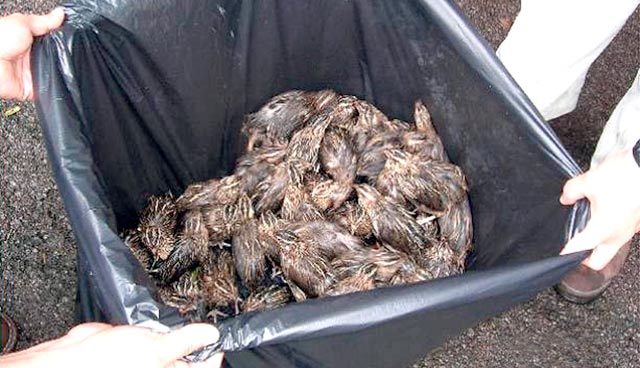 A week before Vesak Day in 2004, rangers at the Central Catchment Nature Reserve found more than 100 dead quails. PHOTO: NParks
A week before Vesak Day in 2004, rangers at the Central Catchment Nature Reserve found more than 100 dead quails. PHOTO: NParks
And if they survive, they could overwhelm the local animals.
National University of Singapore (NUS) ichthyologist Tan Heok Hui, who studies the ecology of non-native fish species in Singapore, says there are currently 92 non-native freshwater species recorded in reservoirs, canals and other water bodies.
Dr Tan has recorded 54 non-native fish species in Singapore’s reservoirs. In the 1960s, there were only nine.
Out of the 54 species, 43 may have been introduced into the reservoirs via the release or discarding of unwanted aquarium fish.
The non-native species include the peacock bass and the giant snakehead. They are known to be invasive predators.
Dr Tan warned that these non-native fish could introduce diseases and exert a high degree of competition for resources.
“They could either wipe out the native species, or be eaten by native predators,” he adds.
NUS researcher David Tan, 26, works at the Evolutionary Biology Laboratory and studies bird carcasses here.
He says released birds have a very poor chance of survival: “Most of these birds are captive creatures who have lost their instinct for survival.
NOT COMPASSIONATE
“There are also a variety of predators such as eagles, owls, squirrels and even scavengers like crows, that will prey on them.”
The scaly-breasted munia and Java sparrow are birds often released as part of fang sheng as they are common in the pet bird trade.
These birds are not native to Singapore, and their capture and trade fuels the decline of bird population in the wild, Mr Tan explains.
“It is actually not compassionate to release a captive bird because it is much more likely to have a shorter lifespan in the wild,” Mr Tan says.
Protect, not release, animals
Over the last few years, some temples have become dumping grounds for animals.
One temple in the western part of Singapore has over 20 rabbits, prompting them to put up a sign to warn people that abandoning animals is a crime.
Terrapins released at a temple during a fang sheng ritual more than two decades ago are still alive – which means the temple has had to use resources to care for them.
Enter Mr Chan Chow Wah, 42, who owns a pet supplies store.
Mr Chan, a practising Buddhist who has studied the religion, started a campaign to promote hu sheng (animal protection), an alternative to fang sheng.
He says: “In an urban society like Singapore, releasing captive animals into the wild is not compassionate.
“But Buddhists can consider becoming vegetarian, supporting animal welfare groups or pay for the cremation of abused animals.”
On his website, he encourages devotees to donate money to help the monasteries that care for the creatures.
A donation of $25 can pay for 24 cans of cat food, and $10 can get a bottle of pellets for turtles.
He spends about $2,000 a month on food and medicine for eight temples to support these animals.
ADVOCATE
Mr Chan has also been giving talks at a Bright Hill temple on Vesak Day for the past three years to advocate against fang sheng.
He recently published a photo book titled Buddha And The Monkey, which has pictures of the animal residents in temples to raise awareness.
Proceeds will go to paying for food for the temple animals and cat shelter, Mettacats.
The book is available on his website ahasg.com.
Space invaders
One major threat to Singapore’s native biodiversity is the deliberate introduction of non-native or invasive plants, animals and micro-organisms to new areas outside their native range, says National Parks Board’s Ms Sharon Chan, director of Central Catchment Nature Reserve.
Some examples of invasive animals:
RED-EARED SLIDER
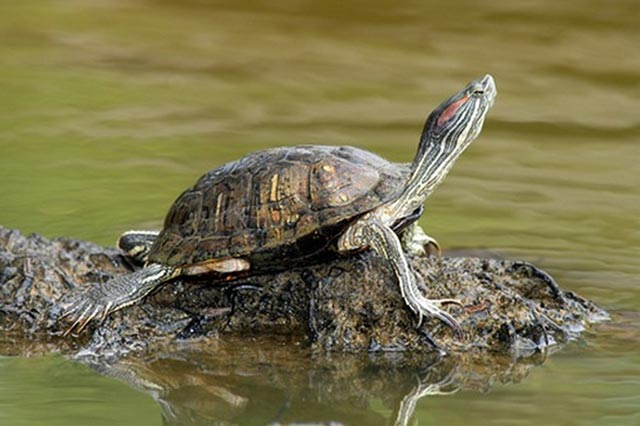
This is a type of terrapin commonly sold in the pet trade.
They are highly productive and can quickly establish a feral population when introduced into water bodies.
AMERICAN BULLFROG
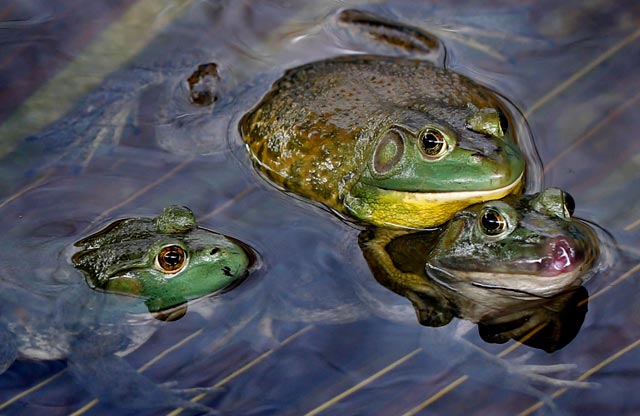
They are known to breed prolifically and compete with local frogs for food and space. This frog is commonly sold for food, and in the pet trade as pets or bait for other aquatic animals.
AUSTRALIAN RED-CLAW CRAYFISH
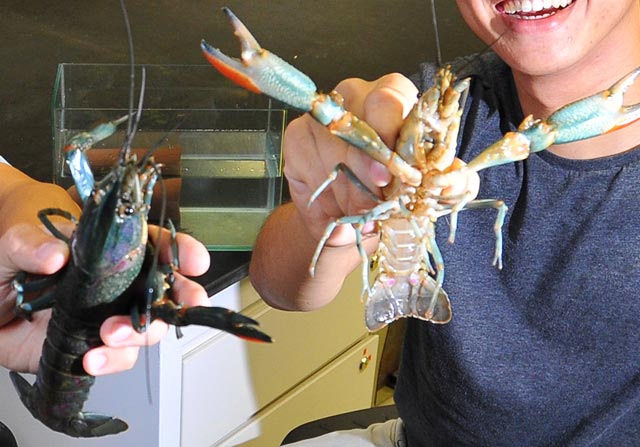
This is a commonly sold ornamental aquarium species that has started to invade our streams. Their impact on the environment is being studied.
First-time offenders caught releasing animals may be charged under the Parks and Trees Act and could be fined up to $50,000, jailed up to six months, or both.
linheng@sph.com.sg

This article was first published on May 22, 2016.
Get The New Paper for more stories.
